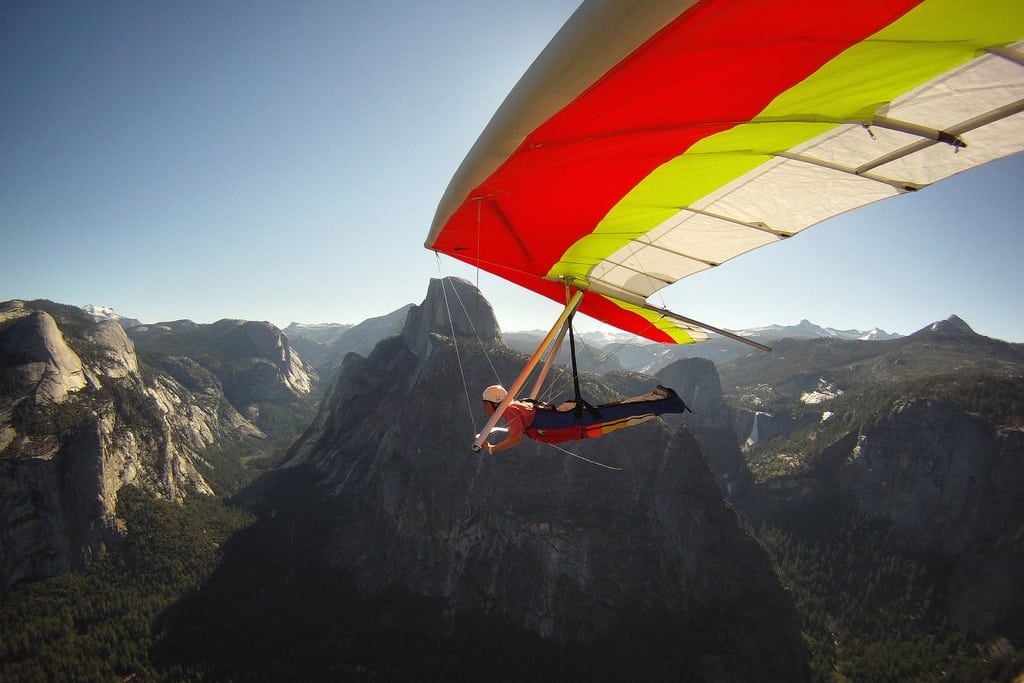Skift Take
Adventure tourism has grown alongside a global uptick in travel so it's only logical that the future of the adventure travel market is largely dependent on whether activities and sports become popular among the growing number of tourists from China and India.
Given the choice between paragliding over a Hawaiian volcano or having a BBQ on the beach with locals, which would you pick? The former is becoming more popular with tourists than ever before.
The adventure travel market in the Americas and Europe experienced a surprising jump from a market estimated at $89 billion in 2009 to $263 billion in 2013, according to Adventure Tourism Market Study 2013, produced by The George Washington University and the Adventure Travel Trade Association.
Adventure travelers are categorized in the study as those travelers that selected hard or soft adventure activities as the main activity of their last domestic or international trip.
Kite surfing and paragliding are considered hard adventure, canoeing and hiking are a little softer. In this world, taking part in a local festival and walking tours is equal to sitting on the couch.
The average adventure traveler is a single male around 36 years old with a four-year degree and an average income of $46,800.
The study highlights the following statistics to describe the average adventure traveler:
- 57 percent of adventure travelers are male
- 48 percent are single or never married, 43 percent are currently married
- 36 years old is their average age
- 37 percent have at least a four-year degree
- 71 percent carry a valid passport
- $46,800 is the average income
Adventure travelers spend an average of $947 per trip, excluding airfare and gear, and travel for an average of 10 days.
Adventures trips led to an estimated $82 billion in gear and clothing sales in 2012 across North America, South America, and Europe. The average adventure traveler spends $297 on gear each year. Timberland, Quicksilver, GoreTex, North Face, and Salomon are the five most recognized adventure gear brands throughout the three continents.
Inside the Adventurer’s Mind
Adventure and non-adventure travelers agree climate and natural beauty are two of the most important factors when choosing a destination. The difference in their travel styles lies in the third consideration: Adventure tourists prioritize activity options in a destination while non-adventurers chose friends and family as their top priority.
Adventure tourism is important to the tour business. Although 56 percent of adventurers handle activities on their own, they are more likely than non-adventure travelers to use professional services.
They also plan ahead with 68 percent planning a trip four or fewer months in advance. Online research is the most common form of preparation with 69 percent of adventure tourists choosing the Internet over friends, travel agents, and travel programs as their primary information source.
The full Adventure Tourism Market Study 2013 report is embedded below:
The Daily Newsletter
Our daily coverage of the global travel industry. Written by editors and analysts from across Skift’s brands.
Have a confidential tip for Skift? Get in touch
Tags: adventure, adventure travel, sports
Photo credit: A man hang glides through Yosemite National Park. Photo aken via GoPro camera. Department of the Interior / Flickr
